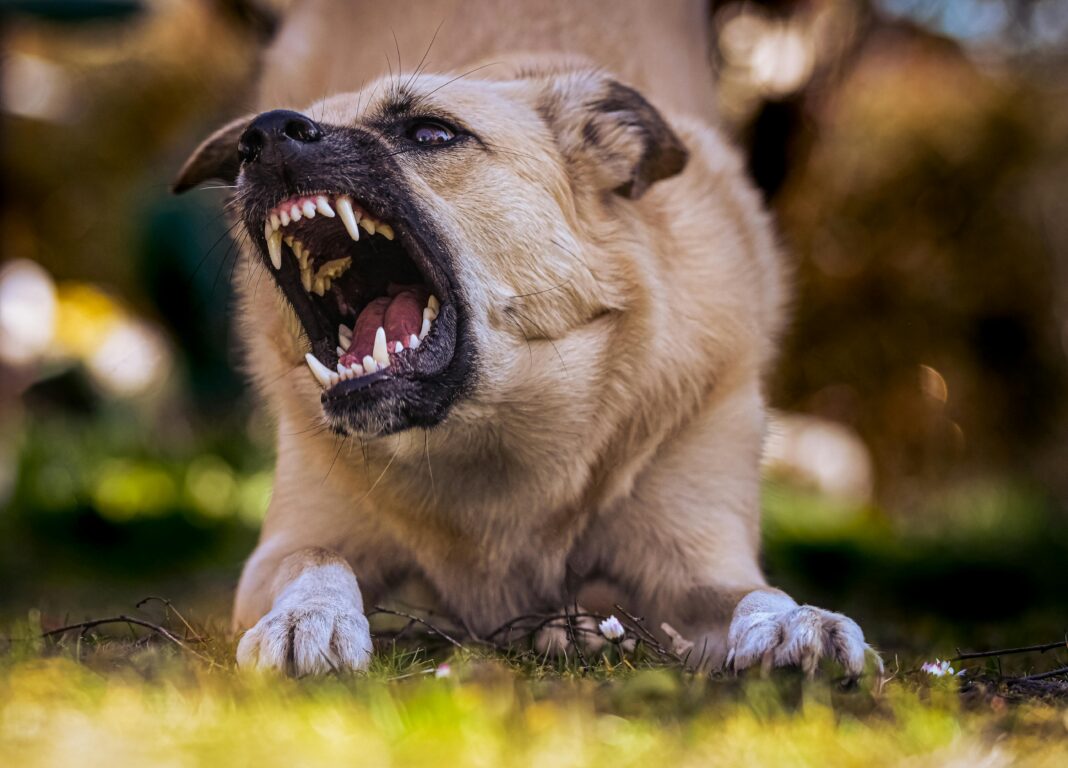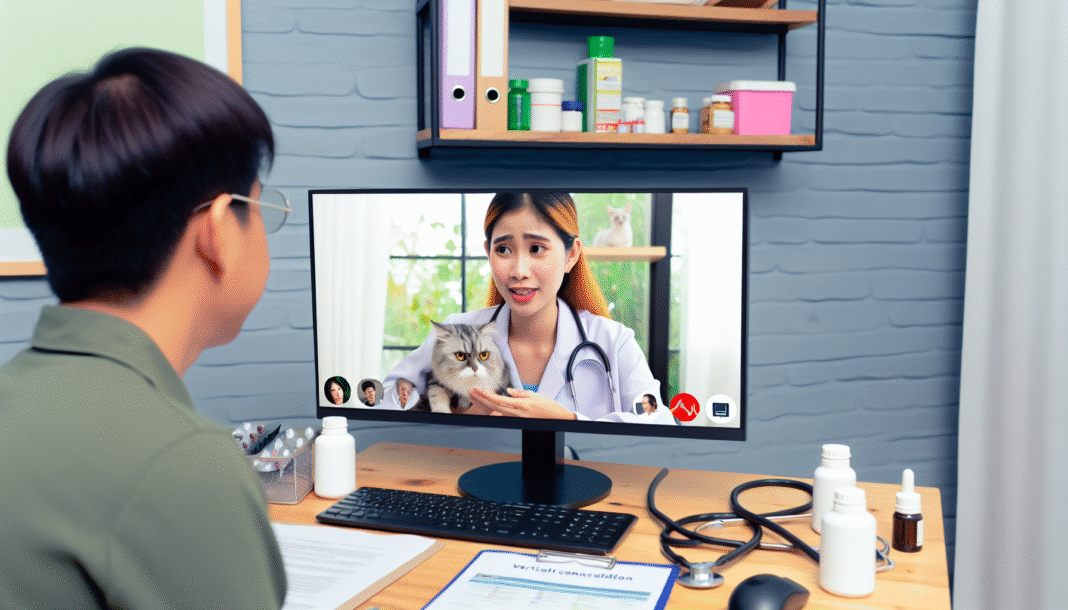Handling aggressive animals can be a daunting experience for any pet owner. Understanding the underlying causes, recognizing symptoms of aggression, knowing how to diagnose the behavior, and implementing effective treatment and prevention strategies can empower you to manage your pet safely and confidently. Here’s a comprehensive guide to mastering safety when faced with aggressive behavior in pets.
Understanding Aggression in Animals
What Causes Aggression?
Aggression in pets can stem from various factors, including:
-
- Fear: Animals often react aggressively when they feel threatened. This could be due to unfamiliar environments, loud noises, or the presence of strangers.
-
- Protectiveness: Many pets exhibit aggressive behavior when they perceive a threat to their territory or their owners.
-
- Pain or Illness: If a pet is in pain or unwell, it may lash out as a defense mechanism.
-
- Frustration: Pets can become aggressive if they are unable to reach something they want, such as a toy outside their reach.
-
- Socialization Issues: Animals that have not been properly socialized during their formative months may not know how to interact appropriately with other pets or people.
Recognizing Symptoms of Aggression
Identifying aggressive behavior early can prevent dangerous situations. Look out for these signs:
-
- Growling and Snarling: These vocalizations indicate discomfort or a warning.
-
- Barking: Excessive barking, especially with a harsh tone, may signal aggression.
-
- Body Language: Signs like raised hackles, stiff posture, and a direct stare indicate a potential for aggression.
-
- Biting: Any attempt to bite is a clear sign of aggression and should be addressed immediately.
Diagnosing Aggressive Behavior
Consultation with Experts
If you notice aggressive tendencies in your pet, it’s crucial to seek expert advice. A veterinarian or a certified animal behaviorist can help diagnose the underlying issues through:
-
- Behavioral Assessments: Professionals can observe your pet’s behavior in different environments to pinpoint triggers.
-
- Health Evaluations: A thorough check-up can rule out medical issues that might cause discomfort and aggression.
Keeping Records
Maintain a record of your pet’s behavior patterns. Take note of situations that trigger aggression, as this data can be invaluable for professionals in understanding your pet’s unique needs.
Treating Aggressive Behavior
Positive Reinforcement Techniques
-
- Reward Calm Behavior: Use treats and praise to reinforce desirable behaviors. For example, if your dog remains calm during a visit from a stranger, reward them immediately.
-
- Desensitization: Gradually expose your pet to the situations that trigger aggression in a controlled way. Start with low-intensity versions of the trigger and reward your pet for remaining relaxed.
-
- Counter-Conditioning: Change your pet’s emotional response to a trigger by pairing it with positive experiences, like treats or playtime.
Professional Intervention
If aggressive behavior persists, consider professional training programs. Many behaviorists and trainers offer services specifically geared toward aggression management, often employing techniques like:
-
- Group Classes: These provide safe environments for pets to socialize while under supervision.
-
- One-on-One Sessions: Tailored strategies can address specific issues affecting your pet.
Preventing Aggression in Pets
Socialization from an Early Age
Introducing your pet to various environments, people, and other animals from an early age significantly reduces the likelihood of aggressive behavior later on. Consider:
-
- Puppy Classes: These can provide critical socialization opportunities for young dogs.
-
- Supervised Playdates: Allow your pet to interact with well-behaved, socialized animals once they show signs of comfort.
Regular Health Check-ups
Frequent vet visits can help catch any medical issues that might lead to discomfort and subsequent aggression. Regular vaccinations and preventive care will also ensure your pet remains healthy.
Creating a Safe Environment
-
- Safe Spaces: Ensure your pet has a quiet, comfortable space where they can retreat when feeling overwhelmed.
-
- Controlled Interactions: Whenever possible, manage the situations that may lead to aggression. This can involve using leashes, muzzles, or barriers during walks and interactions with unfamiliar animals.
Practical Tips for Pet Owners
-
- Stay Calm: Your demeanor affects your pet. If you remain calm during a confrontational situation, your pet may too.
-
- Use Commands: Teach basic commands like “sit,” “stay,” and “leave it.” These commands can help redirect aggressive behavior when necessary.
-
- Avoid Punishment: Punishing aggressive behavior can worsen the issue. Instead, focus on positive methods to promote better behaviors.
Examples of Scenario Management
-
- Encountering Strangers: If your dog growls at a visitor, calmly guide them to a quiet area while reassuring them with treats and praise.
-
- Dog Parks: Monitor your dog closely in social settings and remove them from overstimulating situations before aggression can occur.
By understanding aggression in animals and applying the tips presented here, you can create a safer and more harmonious environment for both you and your beloved pet. Remember, patience, persistence, and compassion go a long way in addressing and managing aggressive behavior.





